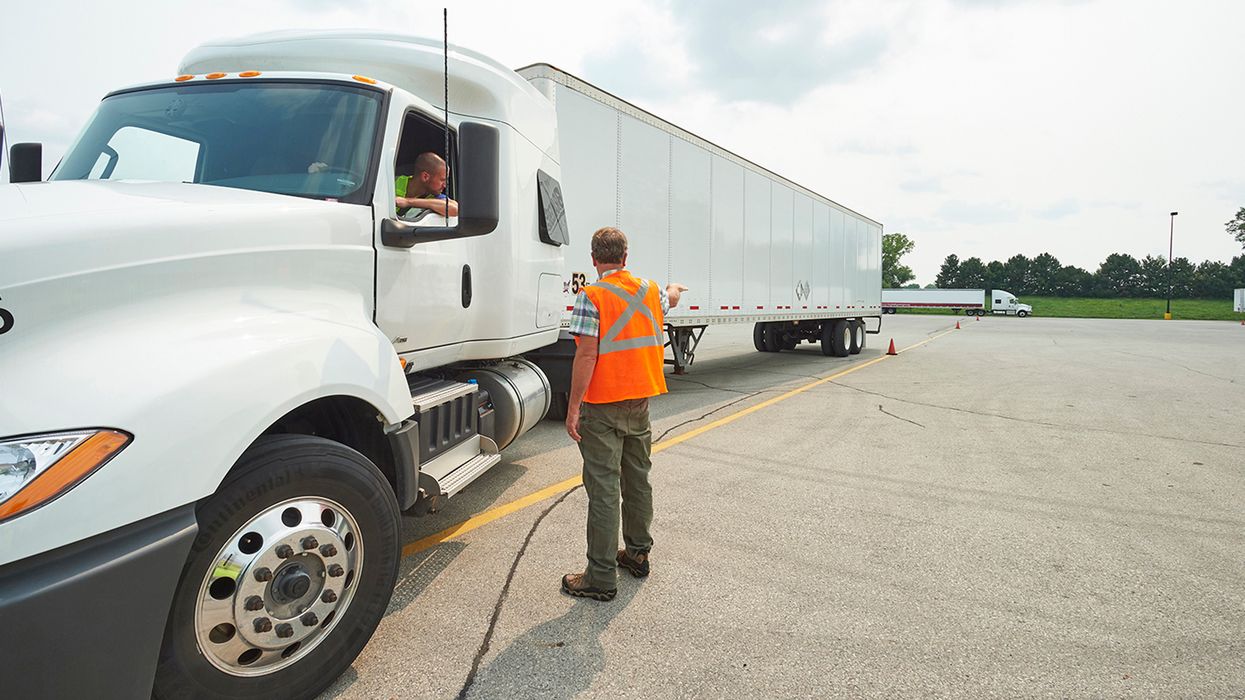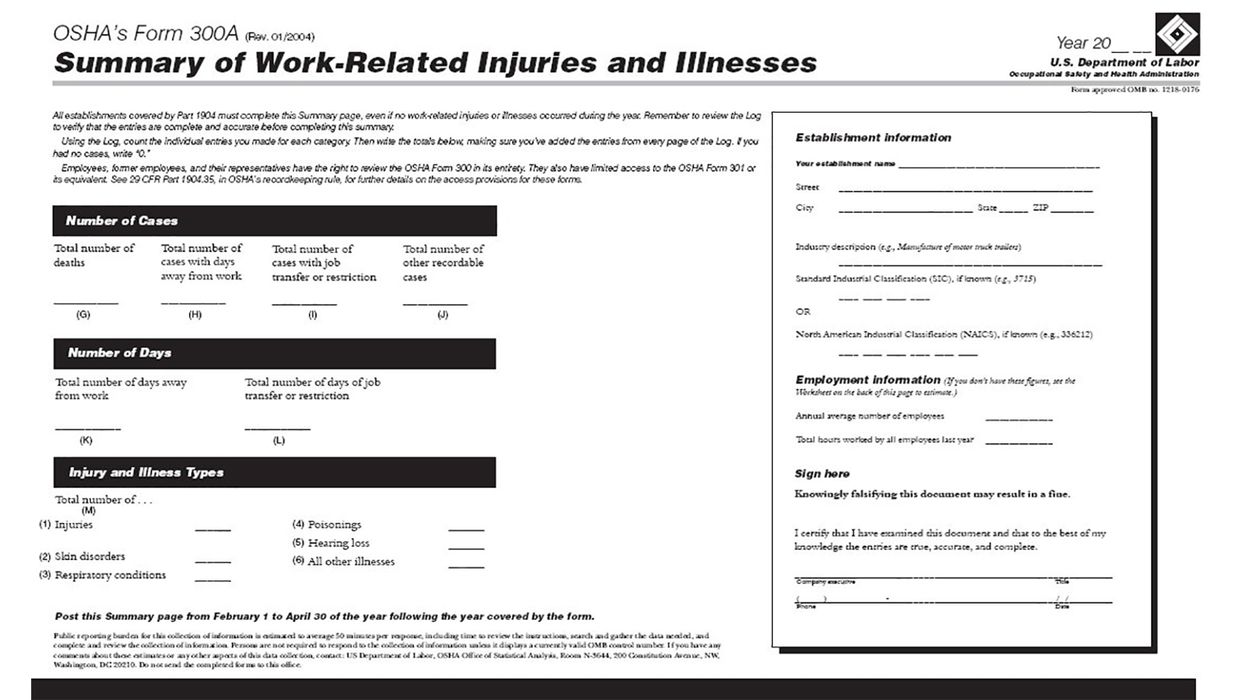It’s HVUT time again — are you ready?
The dog days of summer are a reminder that it’s time to file your heavy vehicle use tax (HVUT) for the upcoming tax year.
The tax is not new, but the details can present challenges for motor carriers.
The HVUT applies to trucks and buses used on the highway with a taxable gross weight of 55,000 pounds or more. Any vehicles registered in the U.S., Canada, and Mexico are subject to the tax.
The timing
The tax year for HVUT starts on July 1 and goes through June 30 of the next year. The tax applies to vehicles registered in your company’s name and used on a public highway at the start of the tax year. For vehicles you have registered and in operation in July, you must file and pay the tax by the last day of the month following the month the vehicle was used in the tax year, which in this case is August 31.
Watch your miles
If you expect to operate your vehicle 5,000 miles or less during the reporting period — or 7,500 miles or less for agricultural vehicles — no tax payment is required. However, you still must file a Form 2290 and Schedule 1 and declare these vehicles as suspended from tax.
The 5,000/7,500 threshold is revisited, however, if you end up operating more during the year, depending on the miles accumulated. If you operate a vehicle on which a suspension was claimed beyond the 5,000/7,500 miles threshold, you must file an amendment and pay the tax.
Additional filings
Many HVUT filers are unaware that they may be subject to additional, off-cycle HVUT filings throughout the year, especially if operations change or taxable vehicles are added to the fleet.
A common case is when a carrier must pay the tax when a new taxable vehicle is purchased, registered in the carrier’s name, and used on a public roadway. For example, if you buy a taxable vehicle in February and use it on the road that month, you must pay a partial tax on the vehicle by March 31 to cover use on the road through June 30. The vehicle would then be included on the next year’s HVUT filing, and the full tax would be due.
Potential for credit
Many people also might not realize that credits and refunds are available in certain circumstances, and these credits and refunds can help reduce tax liability.
Knowing the ins and outs of the HVUT can help ensure you’re paying what you’re supposed to while also ensuring you’re not overpaying.
Key to remember: Carriers operating vehicles weighing 55,000 pounds or more must file a heavy vehicle use tax annually with the IRS.



















































